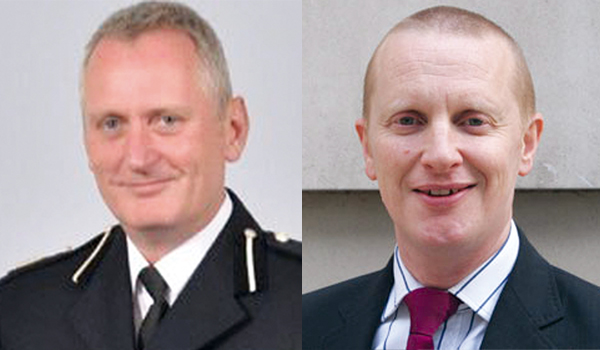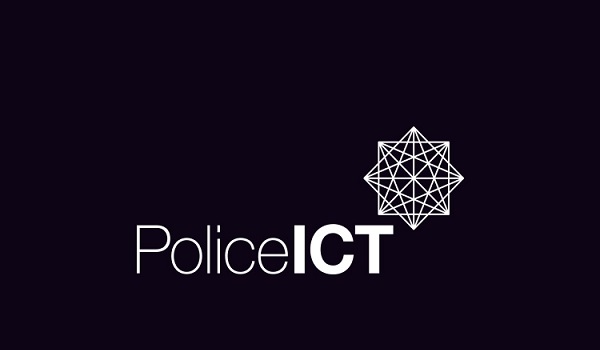Poor CCTV systems hamper suspect ID
New research suggests public safety is being undermined by CCTV systems that are not fit for purpose, with less than one in ten camera systems in the UK high definition (HD).

New research suggests public safety is being undermined by CCTV systems that are not fit for purpose, with less than one in ten camera systems in the UK high definition (HD).
Images captured by todays cameras are grainy and pixelated, causing difficultly with suspect identification according to the survey by YouGov and Avigilon, a surveillance solutions company.
A recent report from IMS Research (now part of IHS Inc) shows that 58.7 per cent of the UKs new sales of surveillance systems in 2012 were still analogue.
Robin Hughes, director of business development for the UK and Ireland at Avigilon, said: The use of CCTV today is seen as a key asset by the public, but many are quick to notice a difference between the pixelated images on the news and the quality theyre used to in their everyday lives on smartphones or HD TVs. CCTV does create a feeling of security for people, which is good, but how effective is the surveillance on Britains streets when it comes to clearly identifying suspects? More can be done to increase security. At the moment, manufacturers figures estimate less than one in ten CCTV cameras in the UK are HD.
Councillor Martin Gregory of Looe Town Council recently oversaw the upgrade of the towns surveillance system to HD CCTV.
He explained: Our old system was better suited for indoor use and the footage was so grainy that we could not easily identify anything. Since the installation, local law enforcement officials ask to view footage on a regular basis and can now quickly and easily obtain useable footage that stands up in court when an incident occurs.
Despite potential perceived issues around usage and privacy, respondents see a clear value to CCTV in the UK. The challenge is to deliver the most effective value from such systems, ensuring responsible surveillance.
He added: Not only is it more cost-effective for businesses and councils to use HD surveillance, but the chances of prosecution increases considerably. One of our retail customers saw a 90 per cent successful prosecution rate after installing HD surveillance. Such factors can only drive public safety, by ensuring the right people are being identified quickly.
Almost three-quarters of those taking part in the YouGov survey said they would feel more secure if Britains streets had HD CCTV in place rather than standard systems so that clearer pictures could be obtained.
More than a third of people said they feel safe in areas where they know CCTV is being used because it acts as a deterrent, and a further 41 per cent attribute the feeling of safety to the fact security forces can use the footage if anything were to happen.
Recent high-profile use of CCTV to help capture suspects seems to have highlighted its role in society only 18 per cent agreed that the use of higher definition CCTV on Britains streets was an invasion of privacy while just two per cent said there was no need for CCTV in the UK. When asked where they thought it was important to have CCTV that can clearly identify individuals, 82 per cent of people selected transport hubs, 69 per cent football matches, 67 per cent commercial buildings such as shopping centres and 65 per cent public streets.
IHS estimates the global market for CCTV is to grow at around 14 per cent per year to 2016, with the market for network IP growing faster than analogue. Such systems enable HD cameras to be deployed at a much lower cost.



